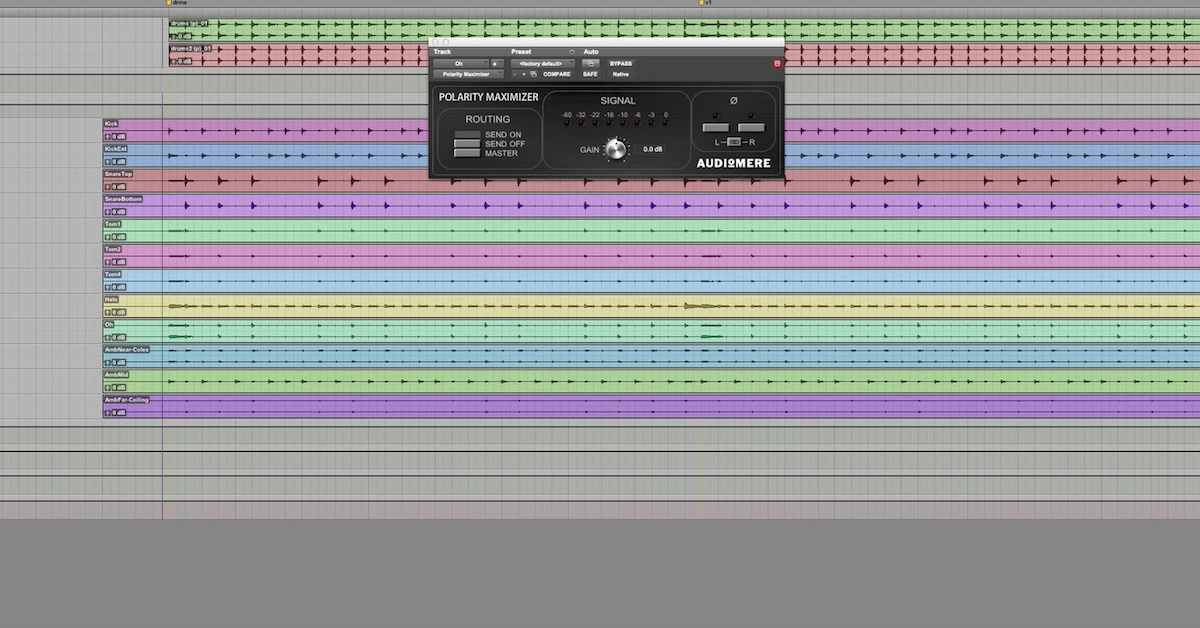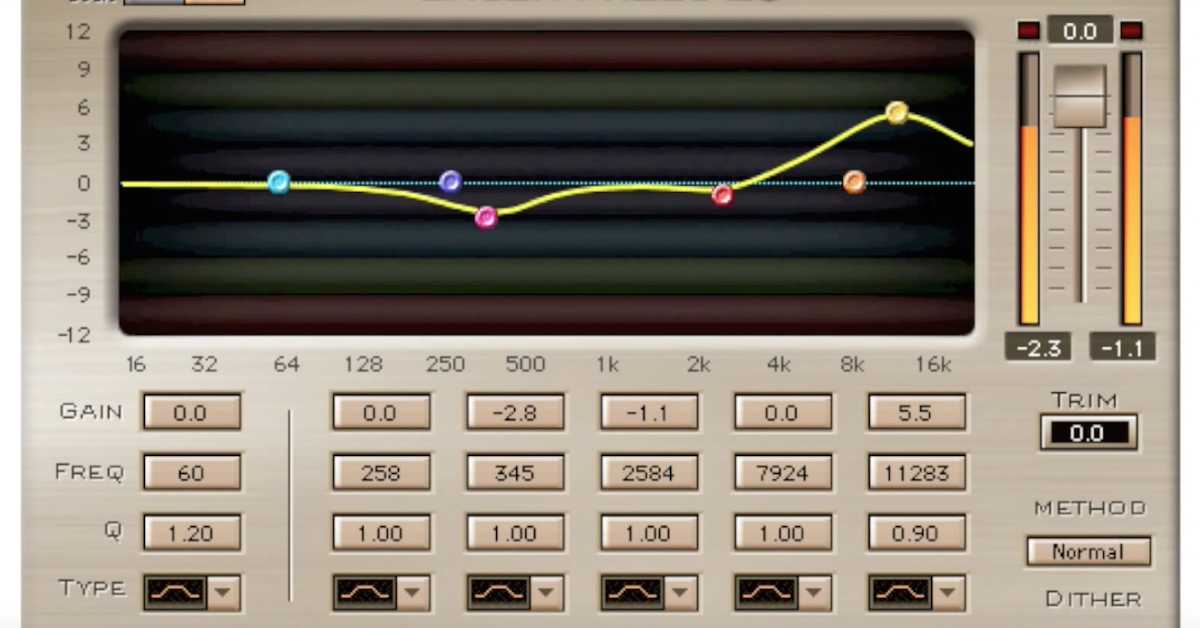How to Deal with Destructive Interference
Article Content
Any time multiple audio signals are summed, there’s a possibility that their combination results in decreased amplitude. Audio engineers call this destructive interference.
Unless intentionally desired, destructive interference should be avoided (as much as possible) because it can destroy the tone in a mix.
Destructive interference can occur for several reasons including: polarity difference, timing difference, and phase differences.
In order to properly address destructive interference, each of these reasons should be addressed separately and sometimes in combination.
There are many audio engineers who mistakenly try to fix timing and phase problems by changing a signal’s polarity. Similarly, there are many audio engineers who don’t know when it is actually appropriate to do something as simple as changing a signal’s polarity.
The following describes each reason destructive interference can occur and how they can be addressed:
1) Polarity Differences
When multiple signals are captured of the same instrument or performance, there can be polarity differences between the signals.
One example of this occurs when a drum (such as a snare drum) is recorded by a “top” and “bottom” microphone. The signals captured by each microphone will have opposite polarity. When the drumhead is hit, it initially moves away from the “top” microphone, but then moves toward the “bottom” microphone. As the drumhead continues to vibrate, the compressions and rarefactions will be captured in opposite directions by the two microphones.
A similar situation arises when a guitar speaker cabinet is captured by a “front” and “back” microphone. Every time the speaker moves toward the “front” microphone, compressing the air molecules between the speaker and microphone, the speaker moves away from the “back” microphone, and vice versa.
Therefore, the signals captured by the two microphones will have opposite polarity.
In order to compensate for the differences between the microphones, the polarity inverse switch can be applied to one of the microphones.
The polarity inverse switch is a feature found on almost all mixing consoles and many software plugins. It serves an important and necessary purpose when mixing, but is regularly overlooked or misunderstood.
The function of the polarity inverse switch is to change the convention used for a signal’s compression and rarefaction. The typical convention used for audio signals is for compression to have positive amplitude and rarefaction to have negative amplitude (either in electricity or digital numeric values).
If you place microphones on opposite sides of a sound source, the compression in one microphone will coincide with rarefaction of the other microphone. To avoid destructive interference, it is appropriate to change the convention on one of the microphones so that compression and rarefaction occur simultaneously between the microphones.
2) Timing Differences
Timing differences between signals can cause destructive interference, but should not be addressed by simply changing the polarity of the signals.
An example of this situation is when a bass guitar is recorded directly (DI Box) and through an amp. When acoustic vibrations travel through the air (between a speaker and a microphone), they travel the distance at a slower speed than when a signal travels the same distance as electricity though a cable. Therefore, it is common to have timing difference between the “direct” signal and “amp” signal for bass.
The best way to address this difference between the signals is to actually shift one of the signals in time so they’re aligned. This can be done for recorded signals by moving the sound file in the timeline of a DAW so the waveforms are aligned. Additionally, there are plugins like Sound Radix Auto-Align that automatically shift signals in time and help find the ideal alignment.
It is not optimal to address a timing issue by using the polarity inverse switch. It may happen to work out that the compression of one signal occurs during the rarefaction of the other signal, but it may not happen.
3) Phase Differences
Destructive interference can occur because of polarity and timing differences, but it is also more complicated than that.
Destructive interference can be frequency dependent, where some frequencies have destructive interference while other frequencies have constructive interference.
As an example, if two microphones at different distances are used to capture the same sound source, it is possible that comb filtering will occur in the combined signal because some frequencies will have constructive interference while others have destructive interference. This is a result of the physical properties of sound because wavelength is a function of frequency.
This will occur if a “close” and a “distant” microphone are used to capture a guitar amp. It will also occur with “overhead” and “room” microphones in a multi-track drum recording.
It is not optimal to address phase issues by using the polarity inverse switch. The relationship between compression and rarefaction will not be the same for all frequencies. Therefore, the polarity inverse switch may remove destructive interference for some frequencies, but introduce destructive interference for other frequencies.
Rather, it is better to use a processor that can change the phase of different frequencies independently.
The Waves InPhase plugin allows for user control of how the phase of different frequencies is changed. Several other plugins can be used to automatically adjust phase of different frequencies to the ideal relationship. These plugins include Sound Radix Pi and Little Labs IBP Phase Alignment Tool.
Summary
In order to properly address destructive interference in a mix, it is necessary to be mindful of each of the reasons it can occur.
In many cases, there may be multiple differences between signals that need to be addressed.
Therefore, you will likely find it necessary to employ multiple techniques to address each issue.






